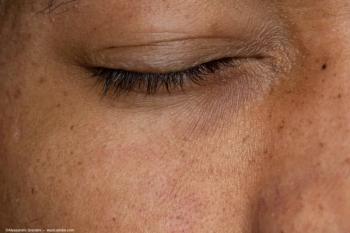
Prevent Blindness designates April as women’s eye health and safety month
The month will serve to educate the public on a variety of women’s vision issues.
Prevent Blindness has designated April as women’s eye health and safety month to educate and inform the public on a variety of health issues so they can be detected early and treated more efficiently.
According to the National Eye Institute, 2 out of every 3 people living with blindness or vision problems are women. Two-thirds of the 45 million people in the United States who wear contact lenses are also women according to the CDC. These are among the many reasons Prevent Blindness has dedicated the month to awareness.
Prevent Blindness states pregnancy brings an increase in hormones for some that may cause changes in vision. In most cases, these are temporary eye conditions that will return to normal after childbirth. Those with pre-existing eye conditions, such as diabetes, high blood pressure, and glaucoma, should inform their eye doctor of their pregnancy to help monitor their health and vision.
Additionally, women who are perimenopausal or already in menopause may also experience vision changes. According to the American Academy of Ophthalmology (AAO) dry eye occurs at double the rate in postmenopausal women.
The AAO also states women are more susceptible to autoimmune diseases than men, many of which affect vision, such as lupus and Sjögren’s syndrome.
Additionally, to these increased risks, women have a higher prevalence of many of the major vision problems, including:
“Women lead incredibly busy and diverse lives- from running companies to running households. It is critical for women to take care of their own health needs, including eye health, to ensure they can be there for others,” stated Kira Baldonado, Vice President of Public Health and Policy at Prevent Blindness in a press release. “We encourage women to be a model for good health by making their eyecare a priority today to ensure healthy vision for years to come.”
Prevent Blindness offers a variety of expert-reviewed free resources, including videos, fact sheets on a range of eye health issues and eye safety topics, including contact lenses, cosmetics and ultraviolet (UV) protection.
Newsletter
Don’t miss out—get Ophthalmology Times updates on the latest clinical advancements and expert interviews, straight to your inbox.


















































.png)


